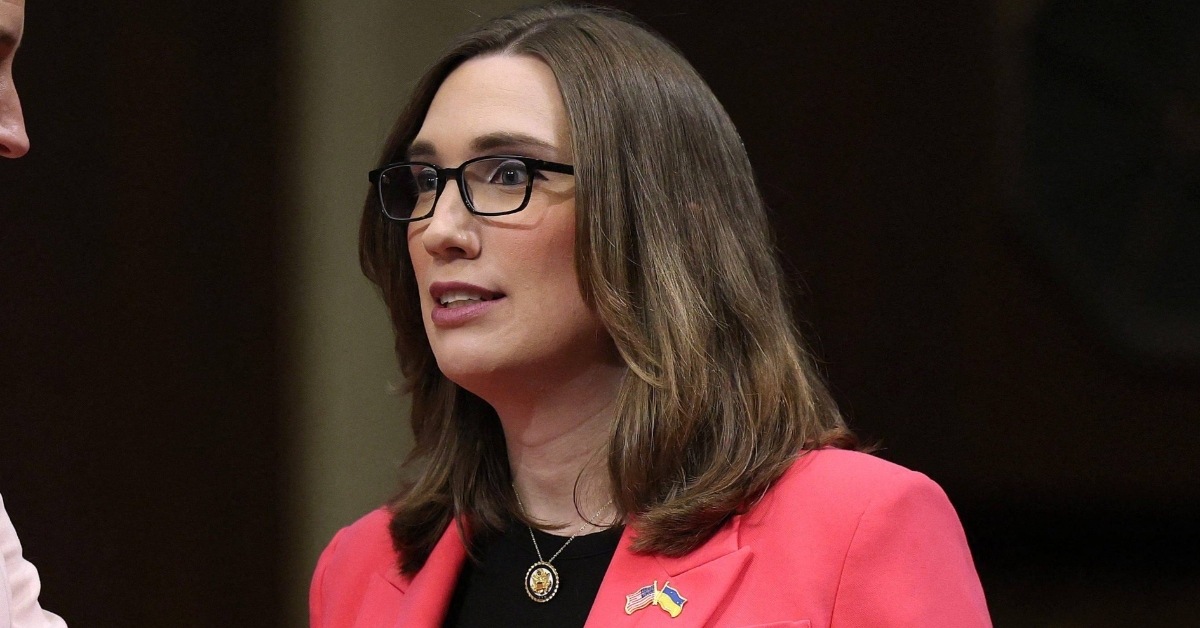Sex Ed but Make It Inclusive: 7 Tips for Parents Talking to LGBTQIA+ Teens About Sex
Talking to teens about sex is already a touchy subject, but when it comes to our LGBTQIA+ youth, the conversation can be a little complex. It needs extra compassion, clarity and, yes, a little bit of preparation. Whether you’re a parent, guardian, teacher or the cool aunt, these seven tips will help you approach the [...] Read More... from Sex Ed but Make It Inclusive: 7 Tips for Parents Talking to LGBTQIA+ Teens About Sex The post Sex Ed but Make It Inclusive: 7 Tips for Parents Talking to LGBTQIA+ Teens About Sex appeared first on LBS.


Talking to teens about sex is already a touchy subject, but when it comes to our LGBTQIA+ youth, the conversation can be a little complex. It needs extra compassion, clarity and, yes, a little bit of preparation. Whether you’re a parent, guardian, teacher or the cool aunt, these seven tips will help you approach the sex talk with openness and honesty.
1. Don’t assume your teenager is having sex — just ask.
Not every queer teen is having sex, and not every LGBTQIA+ identity revolves around it. However, it is important to start the conversation at home. They might just want to talk about identity, crushes, or figuring out their label — or no label at all. According to Talk With Your Kids, the best convos happen when parents are positive and affirming.
2. Talk to teens in a language they will understand.
You don’t have to be fluent in LGBTQIA+ lingo, but knowing your “they/them” from your “he/they/gay” is a sign of respect. Brush up on pronouns, identities, and what sex actually means for queer teens. The Guardian says using proper anatomical terms while staying relaxed helps teens feel more comfortable. So don’t be afraid to name the body parts and explain things like safe anal, oral, or even digital sex. Yes, fingers count too.
3. Remind teens that safe sex is still sexy.
LGBTQIA+ teens still need the tea on condoms, dental dams, lube, and STI testing. Be sure to emphasize that these practices are crucial for everyone, regardless of sexual orientation or gender identity.
4. Don’t be afraid to talk consent.
Forget the one-and-done “big talk.” Aim for ongoing, casual chats about sex and relationships. A guide created by the Department of Health & Human Services suggests normalizing these convos can reduce shame and encourage teens to come to you — not social media. “Start by noticing something on TV, the news, or other media and ask the teen in your life a question about it,” the guide explains. “For example, if you see a TV or movie character engaging in a risky behavior, you could ask what they think could happen to that character.”
5. Make conversations about sex light and ongoing.
“Start by noticing something on TV, the news, or other media and ask the teen in your life a question about it. For example, if you see a TV or movie character engaging in risky behavior, you could ask what they think could happen to that character.
7. Be sure to explain the difference between sex and pornography.
Acknowledge that teens may encounter information about sex online, including pornography. Discuss the differences between online portrayals and real-life relationships. There are huge differences between sex between consenting partners and what teens could encounter online. Be sure to explain that porn is often edited after being filmed in a controlled environment.

Talking about sex with LGBTQIA+ teens isn’t about scaring them or shaming them. Be their cheerleader, their safe space, and yes, their slightly awkward sex-ed guide. If you’re unsure about how to approach certain topics or feel your teen needs more support, consider reaching out to a healthcare professional or counselor who is knowledgeable about LGBTQIA+ issues.
Do you have tips for parents planning to talk to their teenagers about sex? Comment below.
The post Sex Ed but Make It Inclusive: 7 Tips for Parents Talking to LGBTQIA+ Teens About Sex appeared first on LBS.












